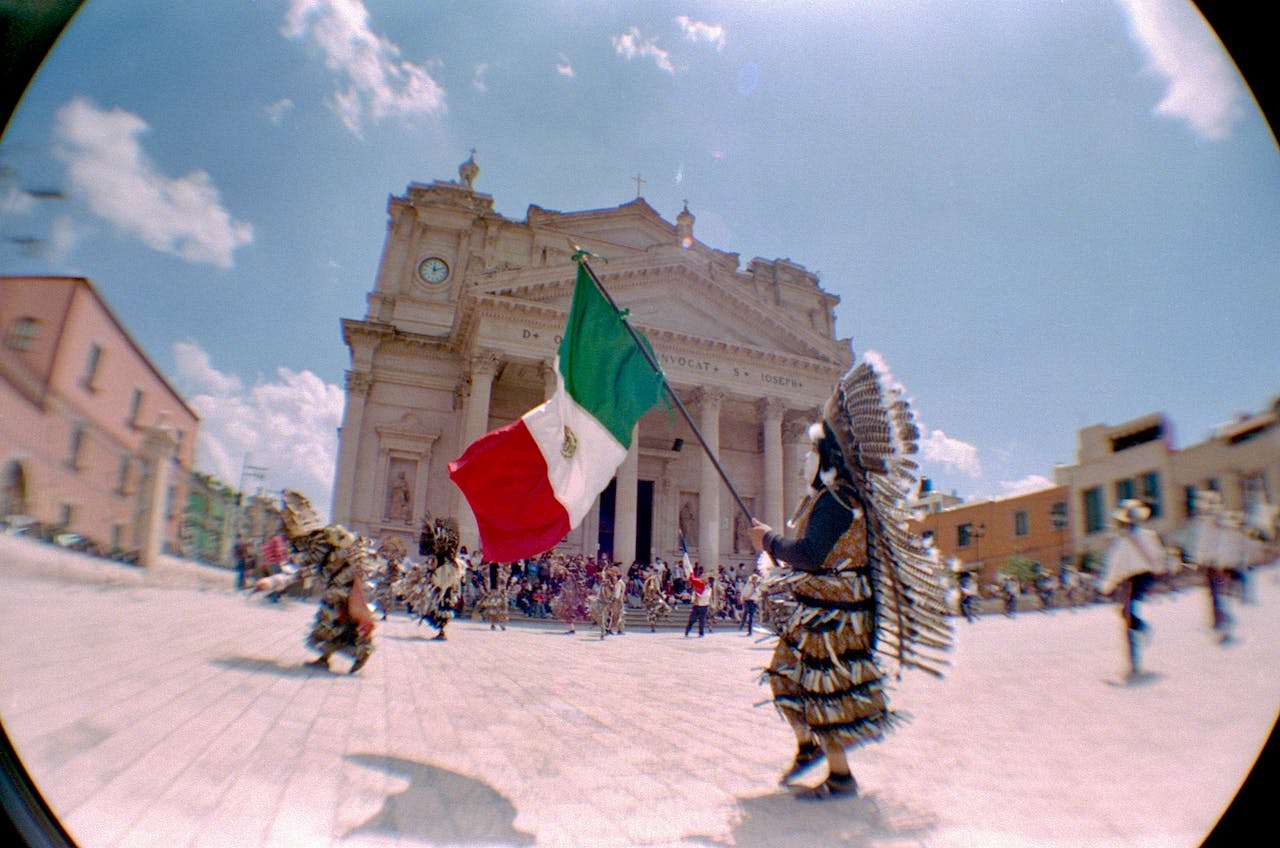With its stunning beaches, vibrant festivals, and rich cuisine, Mexico has long enthralled travelers. Yet beyond its obvious allure, this diverse country harbors endless surprises for those who take the time to explore further. Though Mexico gained independence in 1821, its cultural traditions and heritage stretch back over a thousand years as home to civilizations like the Aztecs and Mayans.
Today, Mexico remains a melting pot, blending its Native roots with European influence. Over 126 million residents represent 60 indigenous languages across this diverse land. Beyond beaches and margaritas, this special country possesses a fascinating history that could make your travel experience even more memorable. Here we reveal 10 fascinating facts that provide merely a glimpse into what makes Mexico such an endlessly captivating destination for curious travelers and culture lovers alike.
Mexico is Home to the Second-Largest Coral Reef in the World

Mexico is one of four homes to the Mesoamerican Reef System in the Caribbean Sea, along with Belize, Guatemala and Honduras. The reef system is one of the largest in the world, second only to the Australian Great Barrier Reef. The Mesoamerican Reef System is also a barrier reef and stretches 1,000 kilometers (621 miles).
The reef, also known as the Great Mayan Reef or Great Maya Reef, can be explored by booking an excursion to Isla Mujeres by catamaran from Riviera Maya. In addition to the beautiful coral and diverse fish that the reef is home to, large turtles can also be found swimming about around the reef.
The Largest University in Latin American is in Mexico

Carlos Slim Helú is a Mexican business magnate, investor, and philanthropist who was once one of the richest men in the world. Today, he is the eighth richest person in the world. He started a career as a stockbroker and later expanded to working in the communications, infrastructure and food and beverage industries. As a philanthropist, he is famous for founding the Museo Soumaya in Mexico City, a nonprofit cultural art museum.
The Mexican Eagle is Mexico’s National Bird

The bird is impressively large with a wing span that can reach nearly 90 inches. It flies as far north as Alaska and its southern-most home is Mexico. The bird is actually the most widely accepted national animal, as Mexico shares it with four other countries. As the official bird of Mexico, it is also depicted in the center of the Mexican flag.
Mexico is Home to the Most Spanish Speakers

Spanish may have originated in Spain but it’s no surprise that there are more Spanish speakers that aren’t Spaniard. Specifically, Mexico holds the title for the most Spanish speakers within one country in the world. According to research, there are 113 million native Spanish speakers in Mexico. Compare that to Spain’s total population of 48.5 million as of 2023.
Cinco de Mayo is not the 4th of July of Mexico

In the United States, Cinco de Mayo is often considered one of the biggest holidays in Mexican culture. This is mainly due to American media and businesses (namely restaurants and bars) capitalizing on the concept to drive revenue. In reality, Cinco de Mayo would be like celebrating the 5th of March in the United States (the Boston Massacre which is often credited as the unofficial start of the American Revolution in 1770).
Rather the Battle of Puebla occurred on Cinco de Mayo as part of the push for Mexican independence. During this fight, Mexican forces pushed back the French Army. Instead, the real Mexican Independence Day is September 16th. So, those traveling to Mexico during early May are unlikely to see locals make a big deal of it — unless they’re in the state of Puebla or visiting touristy areas that play up the day for unassuming visitors.
Frida Kahlo is the Most Famous Mexican Artists
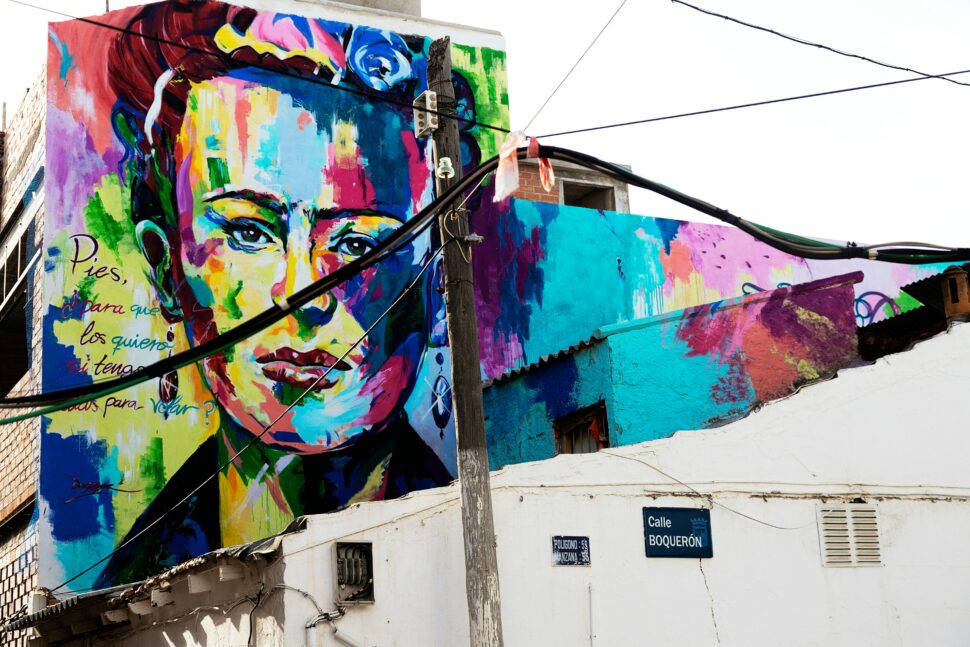
Frida Kahlo is inarguably considered one of the most influential artists to come out of Mexico. The Mexican artist was most famously known for her self portrait series and for being wife of another famous Mexican artist, Diego Rivera. Her works are categorized within the magical realism, surrealism, and naïve art movements. Her works touched on gender, race, and class in Mexico as well as identity in a post-colonial Mexico. These days, people can visit her family home in Coyoacán which is now the Frida Kahlo Museum.
A Celebration for the Ancestors
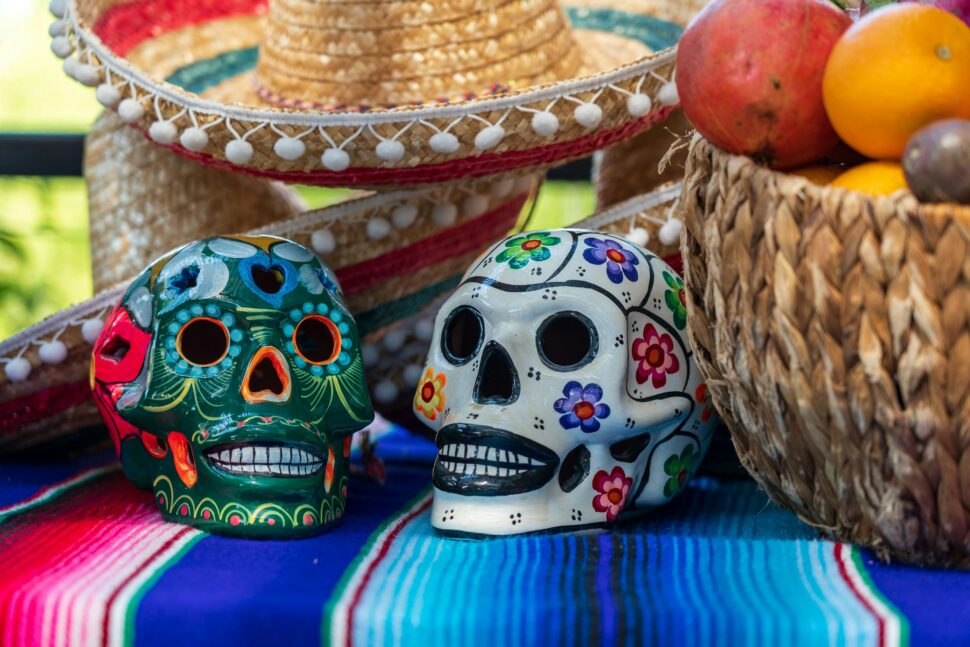
Many Americans got their first introduction to Dia De Los Muertos (Day of the Dead) with the lovable animated movie “Coco.” Historians can’t agree on its origins. Some say the holiday dates back to pre-Colombian times. Others believe that it’s more similar to All Saints’ Day, a European holiday with similar goals of paying respect to the departed. Although it was originally celebrated during the summer, after colonization, the holiday shifted to the fall. These days, Dia de los Muertos usually falls immediately after Halloween and runs anywhere from a few days to a week depending on the celebrations and region.
Chocolate Originated in Mexico

Almost everyone loves chocolate and Mexico can claim its origins. Officially both ancient Aztecs and Mayans cultivated cacao plants. Traditionally, chocolate was used for drinks, but the beans were also used for currency.
A Mexican Invented Color TV

The original television set that relied on a cathode ray tube (CRT) display is often credited towards Kenjiro Takayanagi and was invented in 1926 in Japan. However, color television sets wouldn’t come along until nearly 20 years later. Guillermo Gonzalez Camarena filed a patent for a color image transmission system in 1940. The Guadalajara resident could proudly proclaim that his invention was later used in the Voyager 1 spacecraft.
The Dinosaurs’ Reign Ended Here
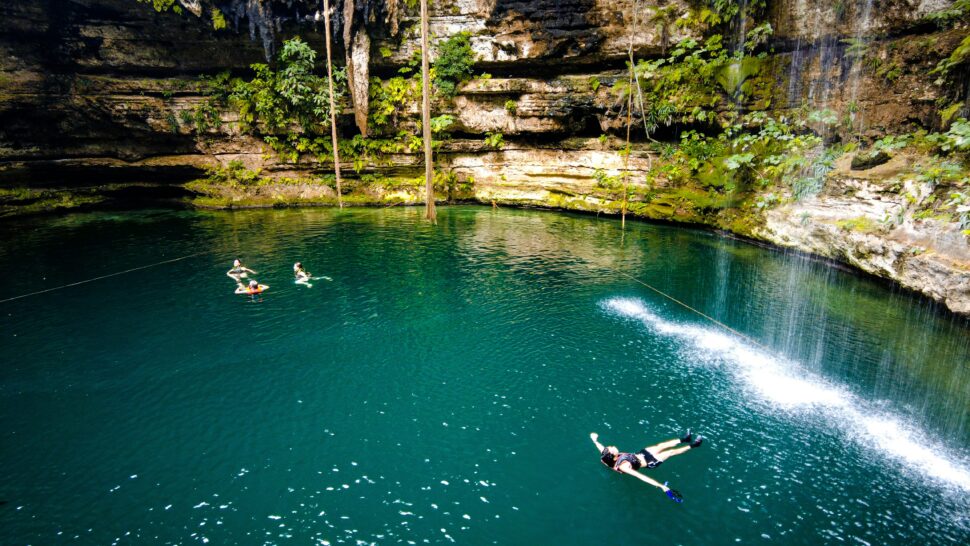
In 1981, the state owned oil firm PEMEX discovered the crater in the Yucatán peninsula where that meteor hit. Yes, the meteor that ushered the end of the dinosaurs and the beginning of the ice age some 65 million years ago struct present day Mexico. That crater measures 180 square meters and the meteor’s impact left a hole that’s nearly 2,000 feet deep.
Mexico Is the Most Popular Destination in Latin America

Most Americans won’t be surprised by this fact since Mexico is conveniently positioned to the south and has a fairly easy visa policy for U.S. passport holders. But according to the World Tourism Organization, Mexico is the top destination in Latin America and also the 10th most visited country in the world. This can be attributed to a vibrant tourism industry which incorporates 32 UNESCO sites. Incidentally, having 32 UNESCO sites also puts Mexico sixth in the world for most UNESCO locations.
Mexico City Has the 2nd-Most Museums in the World

Whether for history, art, or other topics, Mexico City sits only behind London for having the most museums in the city. To date, there are 170 museums including notable ones like the Metropolitan Cathedral, the Bellas Artes Museum and so many more. London just nudges Mexico City out of the top spot with 200 museums peppered across its city borders.
Mexico is One of the Most Linguistically Rich Nations in the World
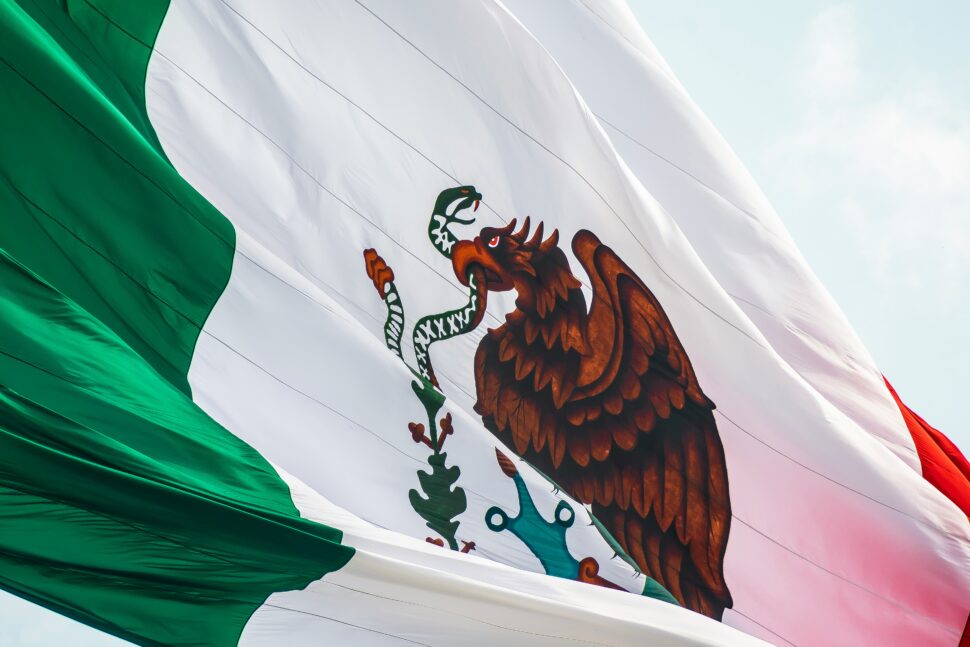
Spanish may be the the most commonly spoken language in Mexico, but thanks to the culturally diverse populations including many indigenous populations, there are 68 other languages spoken across the nation. Even though Spanish tends to be most widely spoken, all 69 languages are also recognized. Similar to the United States, Mexico doesn’t have an official language.
Mexico Has Lakes That Are Bubblegum Pink
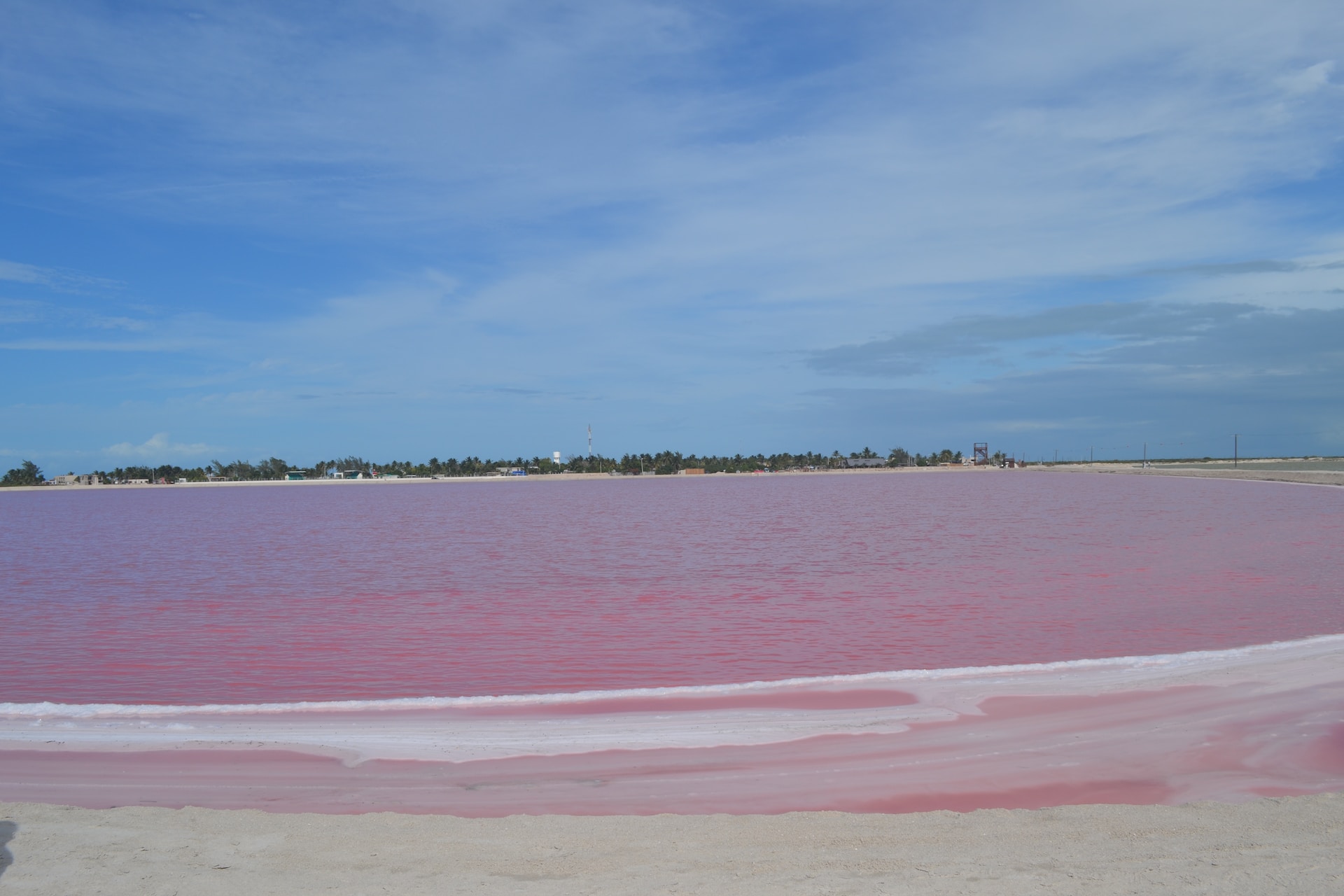
In the state of Yucatan, Mexico, nature surprises with lakes that boast a stunning bubblegum pink color. These unique bodies of water, such as Las Coloradas, derive their hue from high concentrations of salt and microorganisms. The vibrant pink lakes create a surreal and captivating landscape that attracts visitors from around the world. While there are some pink lakes you can swim in, visitors cannot swim in the lakes of Las Colorados as an ongoing effort to protect them under UNESCO. However, they are natural phenomena that can be observed at any time.
Mexico’s Land Is Uniquely Defined by Volcanoes
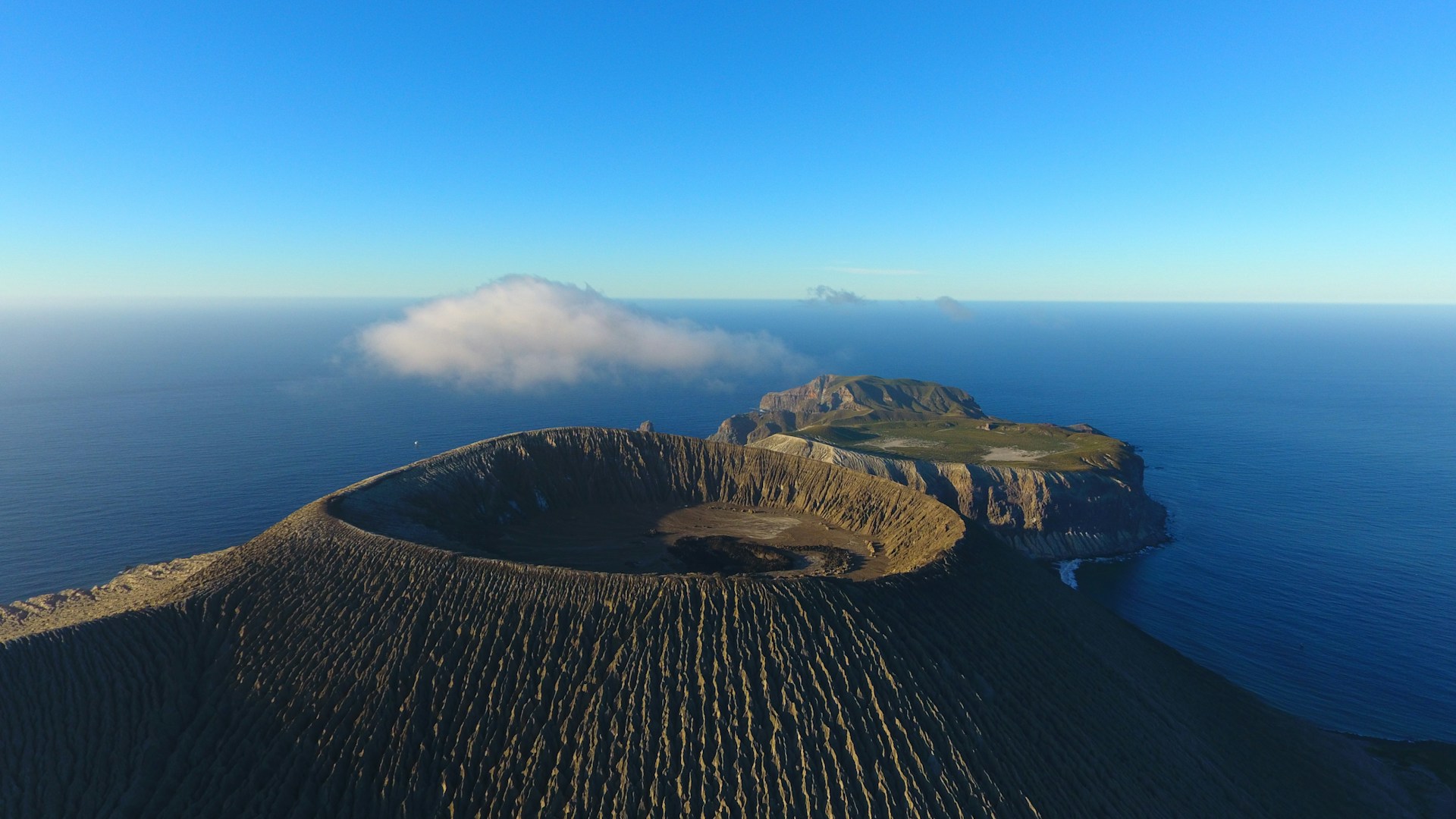
Another fun fact about Mexico is that its topography is shaped by its numerous volcanoes, showcasing the country’s unique geological features. With over 3,000 volcanoes, Mexico is home to some of the world’s most iconic peaks, including Popocatepetl and Iztaccihuatl. These majestic mountains not only define the landscape but also hold cultural significance in Mexican mythology.
For example, the myth of Popo and Itza, an Aztec legend, tells the story of how the volcanoes Popocatepetl and Iztaccihuatl came to be. In short, Popocatepetl and Iztaccihuatl, known also as Popo and Itza, were two lovers who were separated by war. After years of Popo being away from Itza at war, a jealous lover of Popo told Itza that he had been killed. This caused Itza to die of a broken heart. Once Popo returned and found his lover dead, he brought her body to a high peak and lay over her until both of them were covered in snow, forming the mountain range that remains today. It is believed that the volcanic activity of Popocatepetl is the fire and passion within Popo as he remembers Itza. Additionally, the dormant volcano of Iztaccihuatl is believed to be Itza who has been laid to rest.
Mexico Has More Pyramids Than Egypt

This is one of the fun facts about Mexico that may shock some people. Surprisingly, Mexico boasts more pyramids than Egypt. The country’s landscape is dotted with ancient pyramids, and remnants of the Mayan and Aztec civilizations. These structures serve as testaments to the advanced engineering and astrological knowledge of these ancient cultures.
UNESCO Recognizes Traditional Mexican Cuisine

The United Nations Educational, Scientific and Cultural Organization (UNESCO) has recognized traditional Mexican Cuisine as part of its Intangible Cultural Heritage of Humanity list. This acknowledgment highlights the artistry and cultural significance that Mexican gastronomy plays in the lives of its people. This includes the use of diverse ingredients, traditional cooking methods, and communal dining practices. These factors, plus its being loved by millions around the world, make it an important tradition to preserve.
Hornets Were Used as Unconventional Warfare in Ancient Mexico
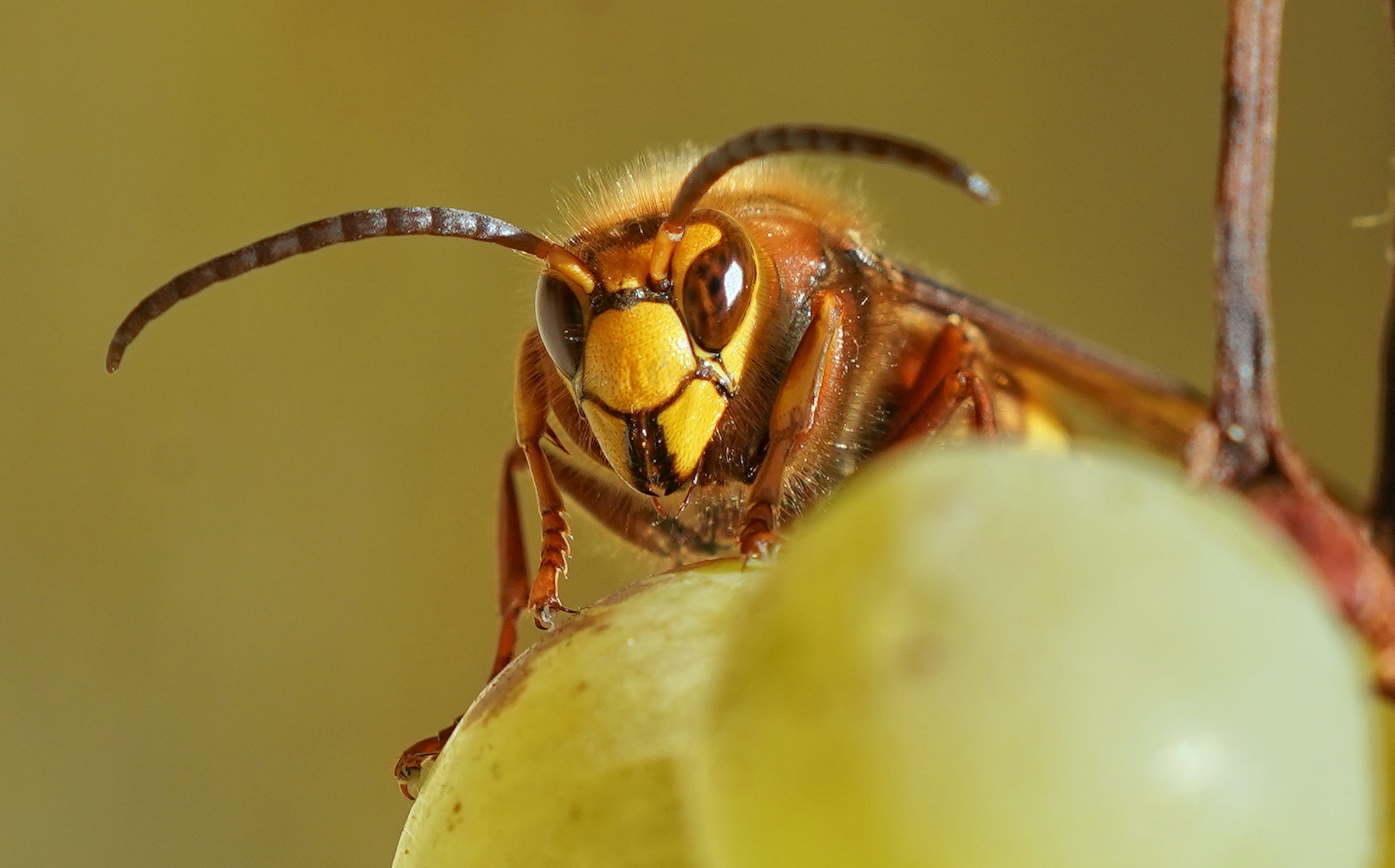
According to Britannica, warriors in ancient times exhibited ingenuity on the battlefield. Instead of conventional weapons, some indigenous groups, like the Tlaxcaltecs, were known to throw hornet nests at their enemies. This unconventional tactic capitalized on the aggressive nature of the hornets, creating a formidable and unexpected weapon.
Mexico Is Home to One of the Seven Wonders of the World

Not only does Mexico have more pyramids than Egypt, but one of its pyramids is also a new Wonder of the World. The Temple of Kukulkan at the Chichen Itza ruins in the Yucatan Peninsula is a Mexican treasure. Recognized as one of the New Seven Wonders of the World, this pyramid showcases the sophisticated architectural and mathematical prowess of the ancient Mayan civilization.
The Olmec Colossal Head Sculptures Are in Mexico
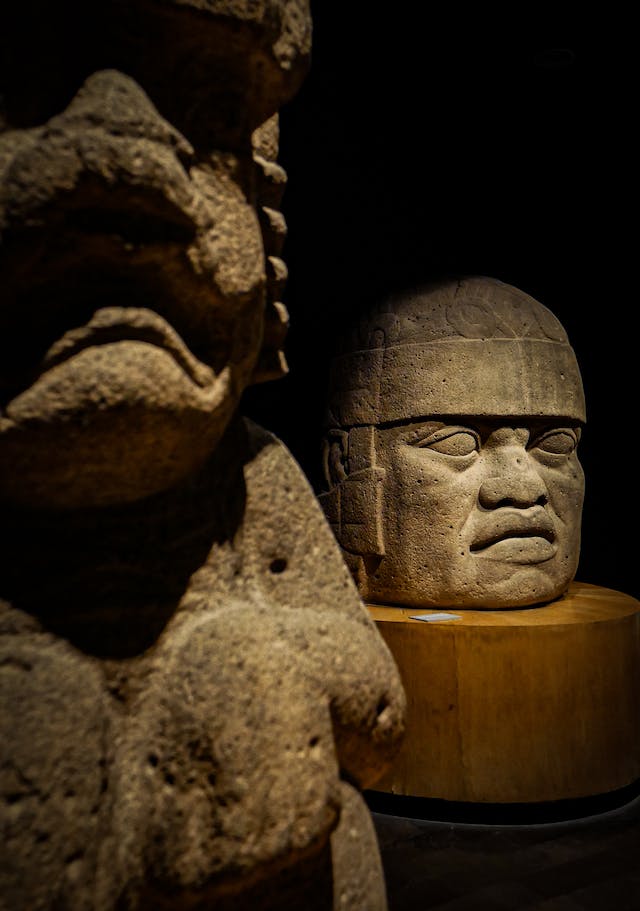
The Olmec Civilization, one of Mesoamerica’s earliest cultures, left behind a mysterious legacy in the form of 17 colossal stone heads. These massive sculptures, carved from volcanic basalt, depict enigmatic faces and are believed to represent Olmec rulers or deities. The colossal heads stand as enduring symbols of ancient Mexican artistry. These heads are on display at the San Lorenzo Tenochtitlán Community Museum, Mexico City’s National Anthropology Museum, and Xalapa’s Anthropology Museum.
The Indigenous Olmecs Are Believed by Some To Be of African Origin
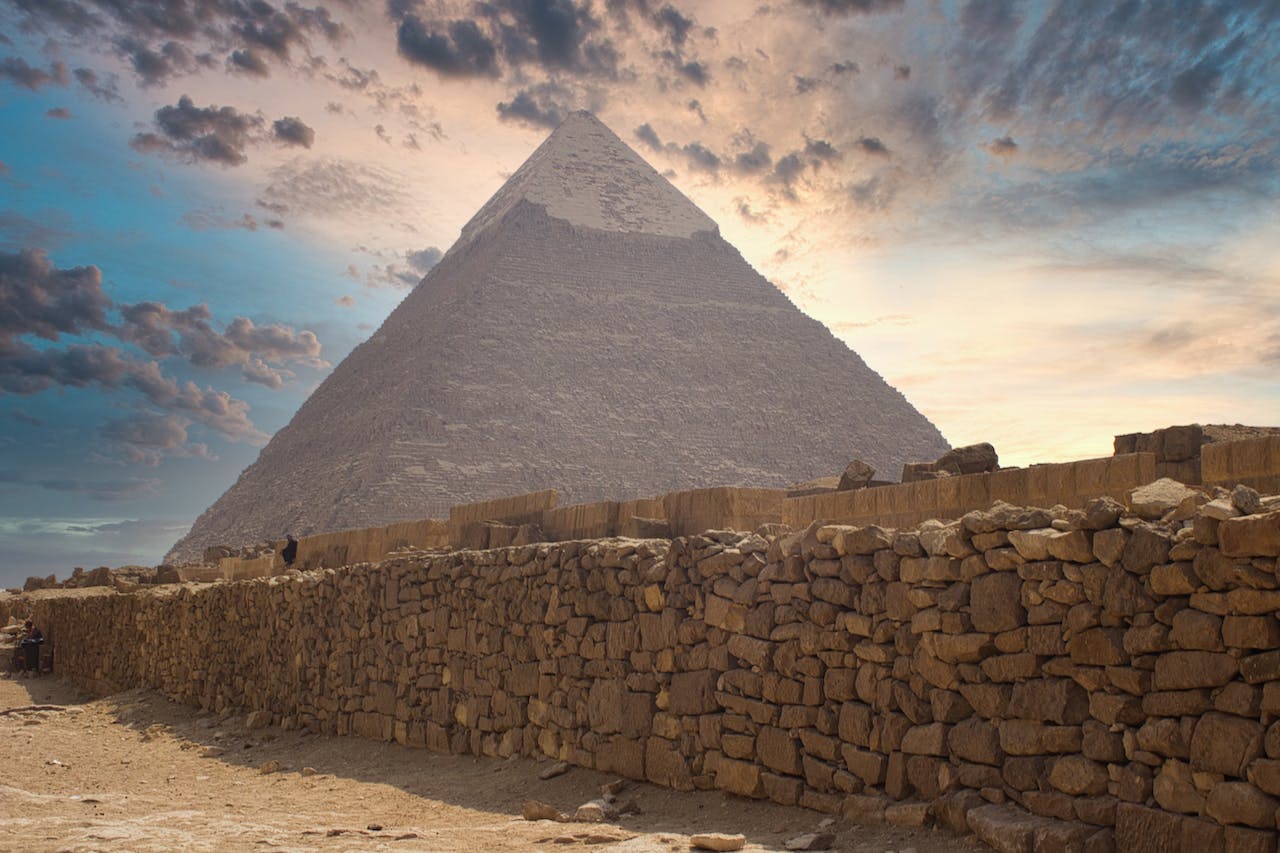
Contrary to popular belief, some evidence suggests that the indigenous Olmecs, the builders of the colossal heads, may have had African origins. This intriguing possibility challenges traditional narratives about the peoples of the Americas and adds another layer of complexity to Mexico’s diverse cultural tapestry. The main reasoning behind this theory lies in the facial features of the Olmec heads; they seem to resemble people of African origin. In addition, other factors such as parallels between certain aspects of Olmec culture and features of African civilizations like the building of pyramids, point to a connection between the Olmecs and Africa.
However, it is important to note that this theory is not confirmed and deemed controversial by some scholars.
Mexico City Is Slowly Sinking Every Year
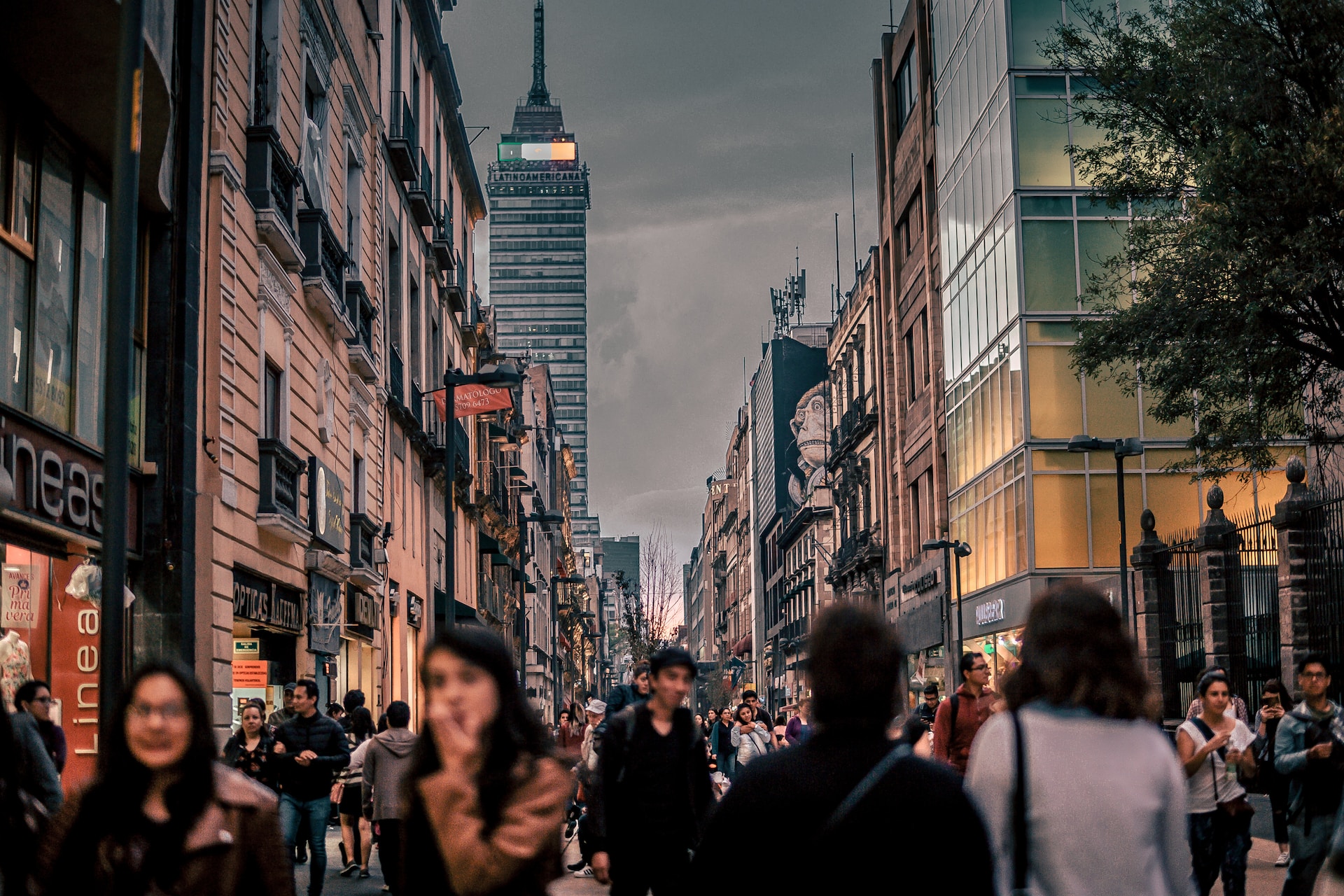
One of the most intriguing aspects of Mexico City is its subtle descent into the Earth. Built on the ancient Aztec city of Tenochtitlan, Mexico’s capital is gradually sinking at a rate of several inches per year. The city’s foundations are largely composed of clay, causing it to slowly subside as clay has the tendency to compact and lose volume when exposed to water. This factor mixed with others such as the increase in pumping for groundwater, the weight of buildings and infrastructure, and other natural causes are the main reasons for this city’s gradual descent.
Efforts have been made to address the issue, such as implementing water conservation measures, improving water management practices, and seeking alternative water sources. Additionally, the city has invested in infrastructure projects, such as a new water distribution system, to mitigate the impact of sinking. However, the complex interplay of geological and human factors makes it an ongoing challenge to fully halt the subsidence of Mexico City.
The World’s Largest University Is in Mexico

The last of these lesser-known fun facts about Mexico involves its strides toward higher education. Mexico is home to the National Autonomous University of Mexico (UNAM), the largest university in the world. Not only does UNAM hold this impressive title, but it is also considered one of the best universities in the world. With a sprawling campus and a rich academic history, UNAM stands as a testament to Mexico’s commitment to education and intellectual achievement.
